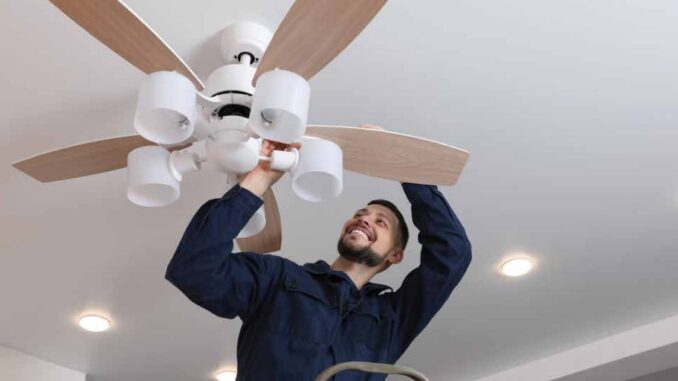
Warmer months don’t have to mean higher electric bills. It’s that time of the year when many people’s air conditioners ramp back up to constant use. That often leads to far more expensive utility costs. Luckily, there are a number of recommendations from the U.S. Department of Energy that can help ease the pain.
COOLER HOURS
Take advantage of the periods each day when it’s not so hot. That’s the best time to do chores around the house, so you don’t have to turn the thermostat even further down. You also have an opportunity to capture some cool air. Turn off the AC and open your windows in the morning before everything heats up, or in the evening as night brings more comfortable conditions. Shut the windows and close their coverings in the midmorning hours and leave them closed again until the evening in order to protect your home from the sun’s most powerful rays.
THERMOSTAT ADJUSTMENTS
Turn your thermostat to the highest temperature that you find comfortable, in particular during the day when it will have to work so hard to cool off your living space. Adjust it to even higher temps when you are away, in particular for long periods of time. Upon return, place your thermostat back at its usual setting. Turning it down any further won’t cool the space any more quickly, and it forces the unit into a constant motion that is stressful – and expensive. Consider buying a programmable thermostat which can make all of these adjustments automatically.
AROUND THE HOME
How you use fans, baths and showers, and the oven can also have a big impact. A fan moves air around, making it cool enough that thermostats can be turned roughly four degrees higher without a noticeable difference in comfort level. Take cooler, shorter baths and showers — and try to schedule them during the coolest part of the day. Vents and fans can also help evaporate the associated humidity more quickly.
Finally, limit the use of your oven, since it can heat up the entire house. Use a stove, toaster oven or air fryer, since they generate far less heat. Be aware of other sources of ambient heat, like clothes and hair dryers, dishwashers, curling irons and electronics. In combination, they can add up, too.